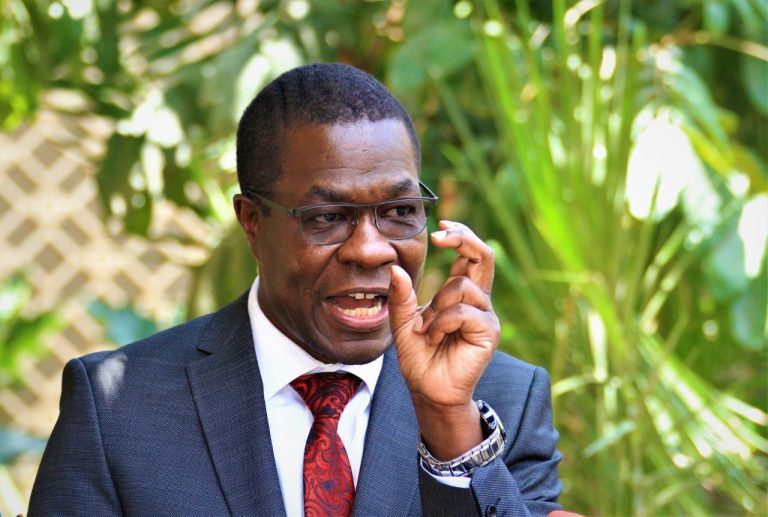The Ministry of Energy will require an additional Sh2.54 billion in financial and technical resources to implement its energy projects in the next two years, Energy Cabinet Secretary Opiyo Wandayi has said.
This even as the state looks to ramp up resources to grow the energy sector to meet the rising electricity and energy demand.
The investments will form part for plans by the government to raise the share of renewable energy beyond the current 93 per cent.
According to Wandayi, this funding will be sourced from the Government coffers, development partners, private sector partnerships (PPP) and through the application of ICT and stakeholder collaboration to mobilise technical resources.
“To implement the strategic plan effectively and efficiently, both financial and technical resources are required. An estimated total financial requirement of Sh2,544,471.37 million is required,” said Wandayi in the strategic plan report launched Monday.
The funds, the ministry says will be used in expanding the clean cooking gas initiative among low income households.
The CS said the plan gives the Ministry a clear guide to do its work and measure progress toward Kenya’s social and economic development.
As the need for energy and fuel continues to grow between 2023 and 2027, the government will shift focus to exploring and developing oil, gas, and other unused energy sources.
Under the plan the ministry will also work to increase electricity production, expand access to power, and develop renewable energy using global technology and regional partnerships.
“This strategic plan aims to align the sector with emerging global trends, including renewable energy adoption, clean cooking technologies, e-mobility, and environmental conservation,” he stated.
The new plan will be looking to build on the 2022 to 2025 strategic plan that had, in pursuit of exploration and development of oil and gas discoveries, produced a total of 415,032 barrels of crude oil, out of which 414,777 barrels were exported under Early Oil Pilot Scheme.
The funds will also be used in completing the early works that began on building an 824 km crude oil pipeline from Lokichar to Lamu.
To enhance access to Liquefied Petroleum Gas (LPG) by low income earning households, 35,000 six kilogram LPG cylinders complete with burners and grills were distributed on a pilot basis.
by JACKTONE LAWI


